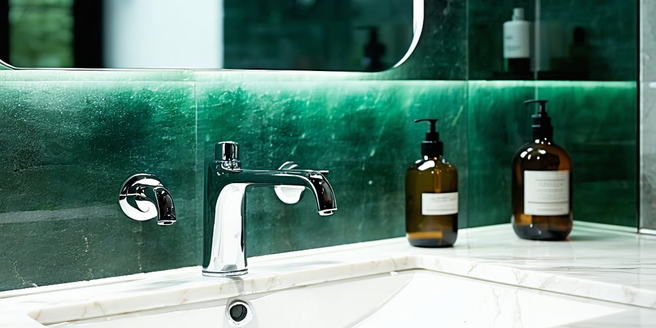Luxury Apartment Demand Examination

Current Trends in Luxury Housing Market
The luxury housing market remains vibrant as affluent buyers seek premium properties that offer both comfort and status. A significant trend shaping this market is the increasing demand for urban luxury apartments, driven by the desire for convenience and access to city amenities. High-end buyers are also increasingly interested in sustainability features and smart home technologies. Developers are responding by integrating green building materials and advanced technologies into their designs. Furthermore, there is a growing preference for community-oriented living spaces, where luxurious facilities such as rooftop gardens, gyms, and swimming pools enhance the living experience. These trends indicate a shift towards lifestyle-centric properties, reflecting the evolving needs and aspirations of the luxury market’s clientele.
Factors Driving Increased Interest in High-End Apartments
A variety of factors are influencing the surge in interest towards high-end apartments. Urbanization is a key driver, with many professionals opting to live closer to city centers to reduce commuting times and enjoy urban amenities. The continuing growth of dual-income households has bolstered purchasing power, allowing for investment in luxury living. Additionally, evolving work-from-home trends have pushed buyers to seek residences that offer both comfort and space for home offices. The influence of social media also cannot be understated, as it amplifies aspirations for luxurious lifestyles, prompting people to invest in premium residences. Finally, economic stability and the availability of financial instruments geared towards upscale housing enhance accessibility for interested buyers.
Impact of Urbanization on Luxury Living Spaces
Urbanization significantly impacts the demand for luxury living spaces, transforming how developers approach high-end property projects. As more individuals gravitate towards cities for economic opportunities, the need for conveniently located residential options grows, propelling the demand for luxury apartments in urban settings. These spaces are designed to offer a high standard of living within the bustling urban environment, featuring innovative design elements and premium amenities. Urbanization leads to smaller households, encouraging the development of luxury apartments rather than sprawling homes. As cities expand, urban planners prioritize sustainable planning, fostering the creation of eco-friendly, high-density luxury living spaces that cater to the sophisticated urbanite. This movement challenges developers to deliver products that balance luxury with practicality in constrained environments.
Economic Indicators Influencing Luxury Apartment Demand
Economic indicators significantly influence the demand for luxury apartments, with macroeconomic factors such as interest rates, employment rates, and consumer confidence playing crucial roles. Low interest rates make borrowing more accessible, encouraging investment in high-end real estate. Strong employment figures and rising incomes enhance consumer purchasing power, boosting confidence in luxury property markets. Additionally, stock market performance can indicate economic health, as prosperous times tend to elevate luxury goods and property investments. However, economic instability or adverse indicators dampen buyer confidence, slowing down the market. Tracking these indicators helps stakeholders understand market dynamics, enabling them to tailor strategies and offerings accordingly, ensuring alignment with prevailing economic conditions.
Evaluating Supply and Vacancy Rates in Prime Locations
Supply and vacancy rates in prime locations are critical factors affecting the luxury apartment market. Developers are keen to understand these metrics to balance new project launches with existing demand dynamics. A surge in supply without matching demand can increase vacancy rates, putting downward pressure on prices and potentially delaying project returns. Conversely, low vacancy rates coupled with high demand signal robust market health, prompting strategic development to capture growth opportunities. Demographic trends, zoning regulations, and economic incentives further influence supply dynamics. Regularly evaluating these metrics is essential for stakeholders to gauge market health, address potential overcapacity, and ensure sustainable growth while meeting luxury market expectations.
Future Projections for the Luxury Apartment Sector
The future prospects of the luxury apartment sector look promising, driven by evolving lifestyle preferences, technological advancements, and demographic shifts. As remote work persistently influences residential preferences, coupled with technological innovations like smart home integration, demand for high-quality luxury living spaces is expected to rise. Millennials, known for valuing experiential living and urban conveniences, are maturing into a significant market segment driving luxury housing. The growing emphasis on sustainability suggests that future luxury apartments will incorporate more green technologies and designs. Developers will likely focus on creating versatile living spaces that cater to diverse needs, ensuring adaptability to lifestyle changes. Industry stakeholders anticipate continued interest, advocating for strategic initiatives to capitalize on projected growth trends.